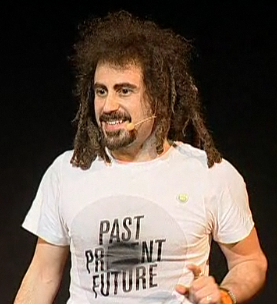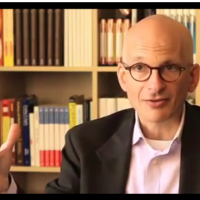It’s remarkable that reports in the general media — including the numerous stories putting a gratuitous, how-the-mighty-have-fallen spin on the travails of Kodak — have had almost nothing to say about the condition or even the existence of its graphic communications product lines.
Patrick Henry, WhatTheyThink, January 20, 2012.
Oh yes, Kodak missed the opportunity to prosper from their innovations in digital imaging and the digital camera. So how come they didn’t see what was coming? I guess they were just too stuck in their old business model of making film that had made them fortunes over decades. When you’re feeling comfortable with the old and the old still brings in some money, it seems impossible to look up and get a grasp of the long view. At least not without taking help from a outsider that isn’t trapped in the present.
Another similar example is Nokia, who were so certain on their own technology and design that they ignored the iPhone as just a geeky gadget with no commercial potential. Frank Zappa and the Mothers of Invention met a similar reaction from a record company director – no commercial potential. The favorite act of that record company later ended up doing background singing for the Mothers!
In their time, Kodak used some of their money to become the main supporter of the College of Imaging Arts and Sciences at the Rochester Institute of Technology, and the RIT School of Print Media. This might have been a unplanned foresight of their more recent focus on digital production printing systems. Rumors say that Kodak will launch a newspaper version of the Prosper inkjet press that will run at 300 meters/min and will be able to print the impressive equivalent of 3,098 64-page tabloid newspaper/hour. Ironically, this may be another mistake, putting their hope to another industry that is reluctant to understanding the need for change. Most newspaper companies just don’t get it! It seems however like Kodak is making moves towards other business areas within printing and publishing, like magazines.
You can read more about Kodak’s reorganization on the web. Under the heading Leadership Insights you can find two informative videos.
- Chairman & CEO Antonio Perez discusses Kodak’s restructuring
- President & COO Philip Faraci answers top questions on customers’ minds






